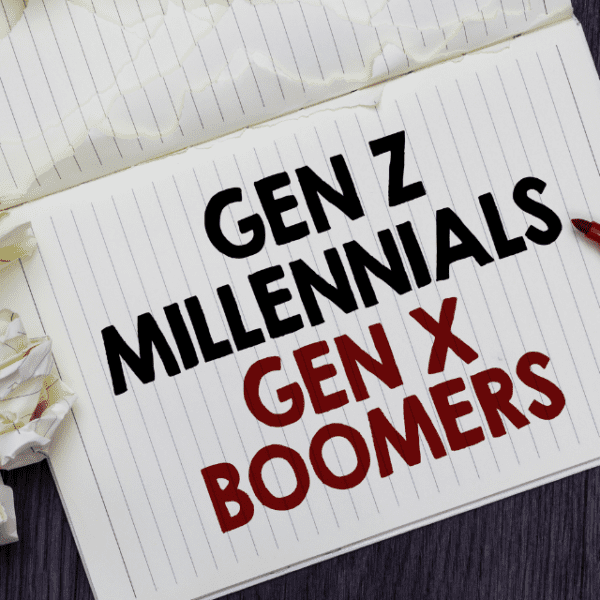
In today’s rapidly evolving legal landscape, legal departments are under increasing pressure to adapt to changing demands. One significant factor influencing the dynamics of legal teams is the presence of multiple generations working side by side. From Baby Boomers to Generation Z, each generation brings unique perspectives, skills, and work styles to the legal profession.
Understanding the Generations:
Baby Boomers (born 1946-1964):
- Experience: Extensive legal experience with witnessed industry shifts.
- Work Ethic: Strong dedication and loyalty to organizations.
- Communication: Prefer face-to-face and formal modes of interaction.
Generation X (born 1965-1980):
- Independence: Values work-life balance and independence.
- Adaptability: Pragmatic approach to problem-solving and adaptability.
- Technology: Comfortable with technology but not as tech-savvy as younger generations.
Millennials (born 1981-1996):
- Technology Natives: Digital natives with a tech-savvy approach.
- Collaboration: Value diversity, inclusion, and collaboration.
- Work-Life Integration: Seek flexibility and work-life integration.
Generation Z (born 1997 onwards):
- Tech-Driven: True digital natives comfortable with emerging technologies.
- Entrepreneurial Spirit: Known for an entrepreneurial mindset and individual success.
- Diversity Advocacy: Place a high value on diversity, equity, and social justice.
Promoting collaboration across generations:
Your company’s success is intricately tied to embracing the distinct qualities each generation contributes. To achieve harmony among diverse preferences, consider the following strategies:
- Knowledge sharing:
Encourage mentorship programs and cross-generational training initiatives to facilitate the exchange of knowledge and skills among team members of different age groups. - Flexible work environments:
Introduce policies that offer flexible work schedules, meeting the diverse work styles and preferences of different generations, fostering a harmonious and supportive workplace environment. - Embracing technology:
Foster a culture of continuous learning and implement mentorship programs specifically designed for the transfer of technological skills. This ensures that every generation remains adept in the rapidly changing technological landscape. - Open communication:
Encourage diverse communication channels, both traditional and digital, and cultivate an environment where feedback is welcomed. This ensures that everyone feels heard and understood, fostering a culture of transparency and mutual respect. - Team building activities:
Organize team-building events that promote cross-generational understanding and appreciation, creating a cohesive and collaborative work environment.
Conclusion
By embracing the strengths of each generation, legal departments can build cohesive and high-functioning teams capable of navigating the complexities of the modern legal landscape. Understanding and embracing generational differences are vital for fostering a positive and inclusive workplace.
While these generational characteristics offer valuable insights into the dynamics of legal teams, it’s essential to recognize that individuals are unique, and not everyone neatly fits into generational boxes. Stereotyping can be counterproductive and hinder collaboration. It’s crucial to approach each team member as an individual with their own strengths and perspectives. Open-mindedness and a willingness to learn from one another are paramount. Embracing diversity goes beyond generational differences and encompasses varied experiences, backgrounds, and viewpoints.

